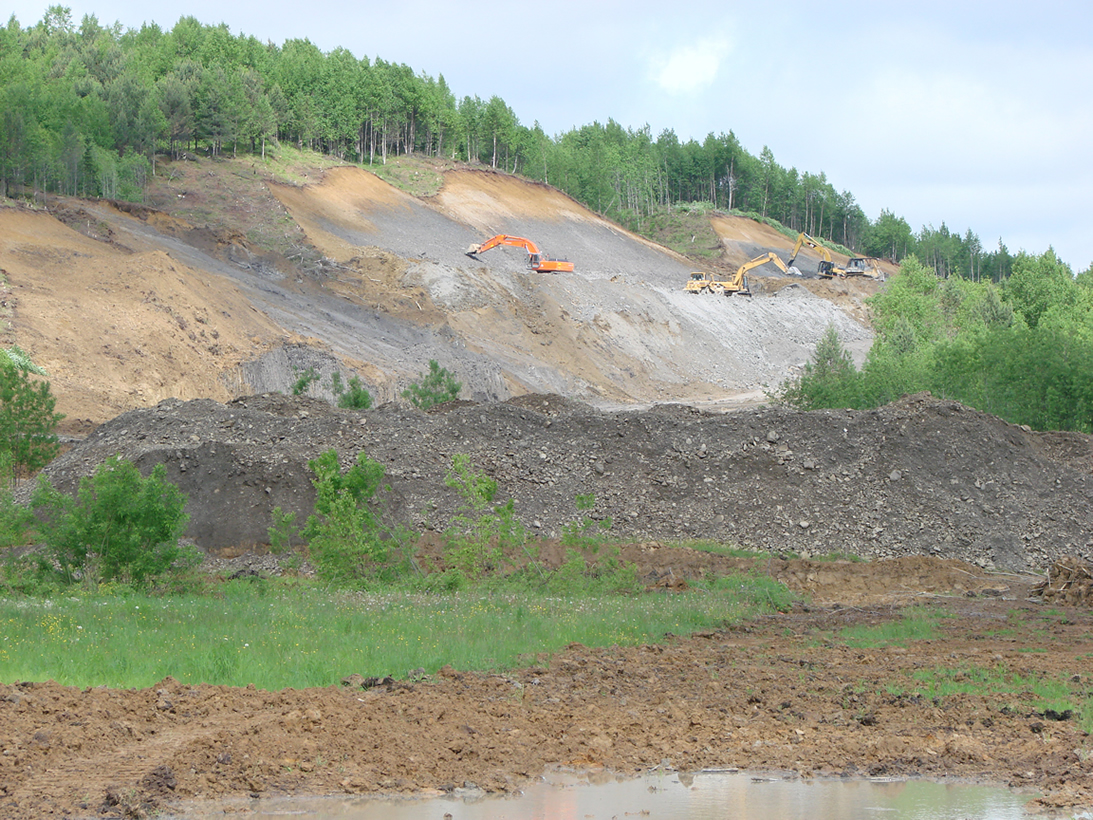House Panel OKs Fee Hike on Minerals Production
OKLAHOMA CITY (9 February 2017) – A measure that would increase the fee on the production of minerals other than coal mined in Oklahoma was endorsed by a legislative panel Thursday afternoon.
House Bill 1844 would require operators of non-coal mining operations to pay the state Department of Mines a fee of one and one-fourth cents per ton of minerals they produce; the current fee is a penny per ton.
State statute defines “minerals” to mean limestone, gypsum, asphalt, clay, copper, granite, gravel, lead, marble, salt, sand, shale, chat, tripoli, caliche, volcanic ash and zinc, but not oil or gas “and any other mineral found naturally in a liquid or gaseous state.”
HB 1844, by Rep. Leslie Osborn, R-Mustang, received a unanimous “do pass” recommendation from the House Appropriations and Budget Subcommittee on Natural Resources and Regulatory Services.
In response to a question from Rep. Brian Renegar, D-McAlester, Jim Rodriguez, executive director of the Oklahoma Aggregates Association (OKAA), said the industry supports the measure.
“The appropriated amount going to the Department of Mines has been cut significantly over the past several funding cycles, and federal funds the department receives have been reduced, too,” Rodriguez said. “The industry wants to ensure that the Department of Mines can operate in a reasonable manner. We want to support their operations, in order to protect workers and the state.”
The proposed fee increase will generate “around $188,000 to $200,000” per year, Rodriguez estimated.
The state Department of Mines was appropriated $775,772 by the Legislature for the current Fiscal Year 2017. That was 11.7% less than the agency was appropriated for FY 2016, and 22.26% less than the agency was appropriated 10 years ago, ledgers reflect. During that same period, revenue from agency fees increased 35%: from $850,000 in FY 2007 to $1,149,000 in FY 2017.
Production in Oklahoma of minerals other than coal totaled 78 million tons (primarily limestone, sand and gravel, granite, gypsum and clay) in 2015 (the latest year for which statistics are available), according to the state Department of Mines website.
The aggregates industry employs more than 3,500 people in Oklahoma, the OKAA reports. Its member companies produce more than 90% of the crushed stone and 70% of the sand and gravel consumed annually in Oklahoma, and OKAA producers export 15 to 25 million tons of aggregate materials each year for use in other states and countries, the organization says.
-30-
MIKE W. RAY
Media Director, Democratic Caucus
Oklahoma House of Representatives
(405) 962-7819 office
(405) 245-4411 mobile

